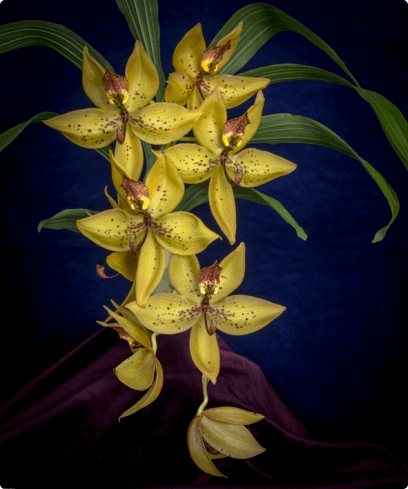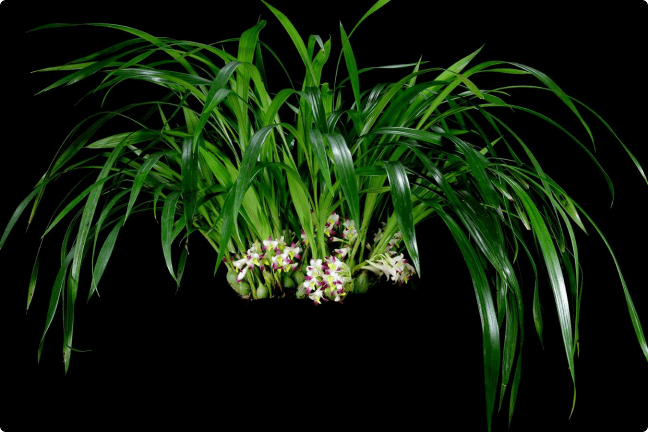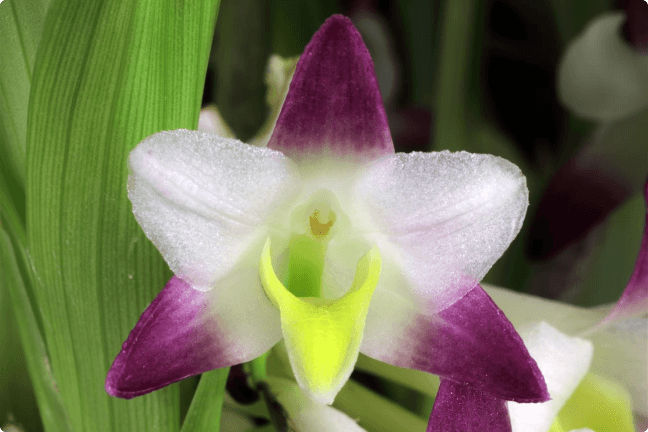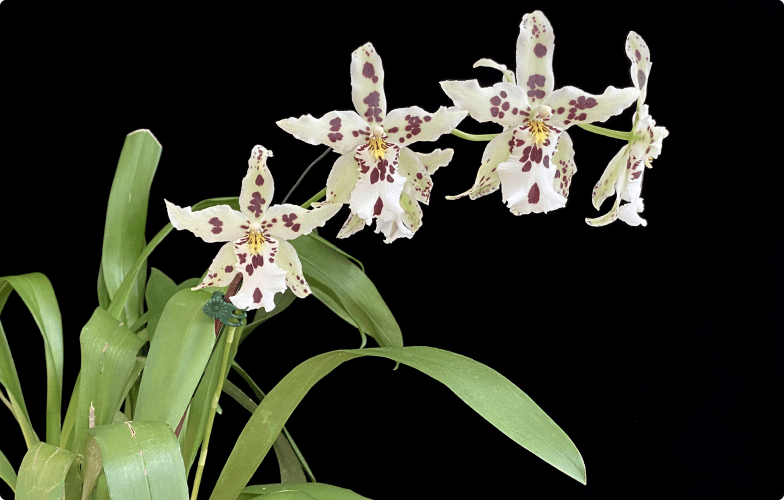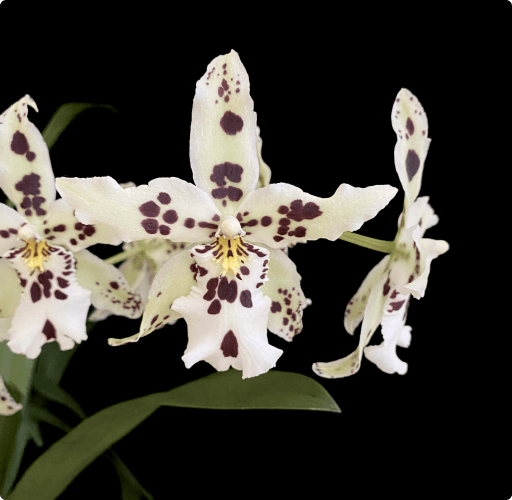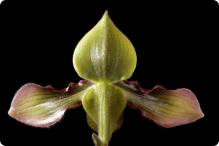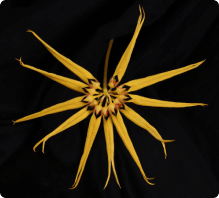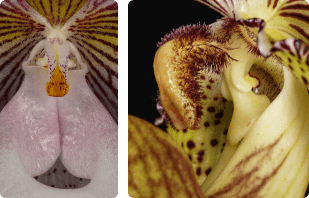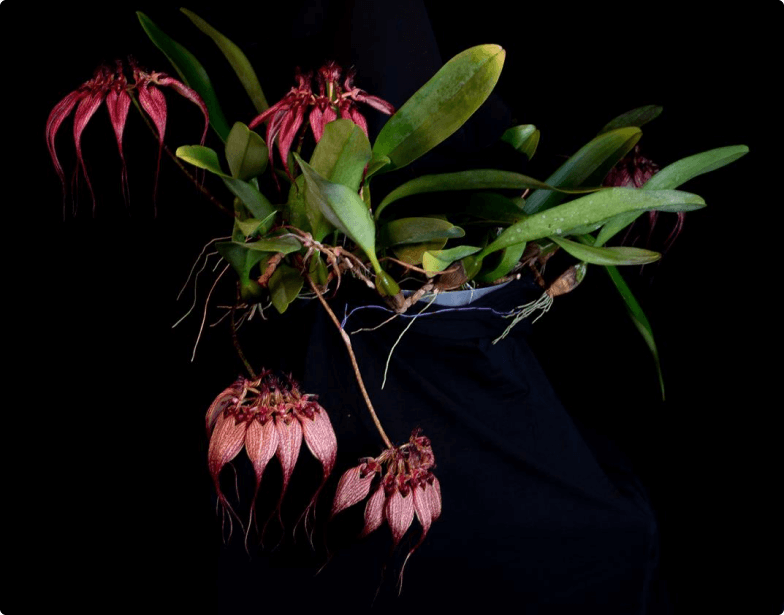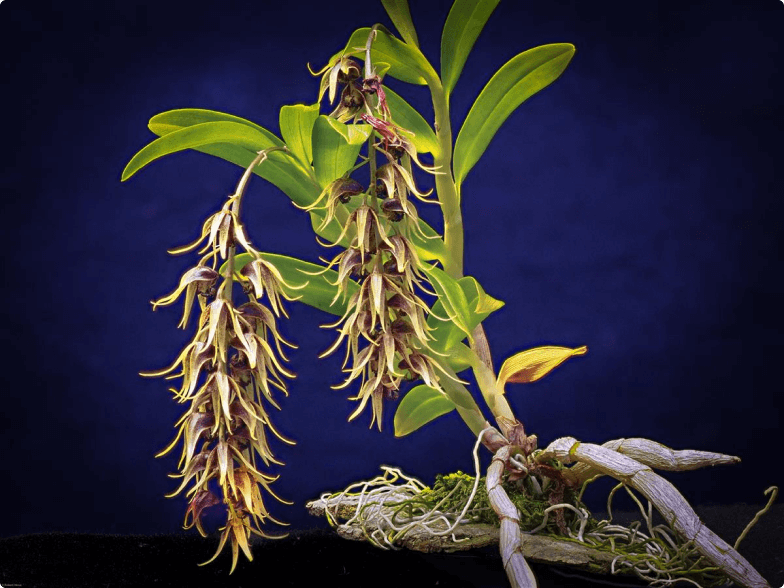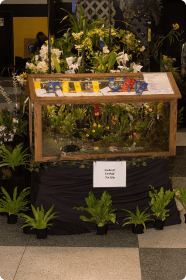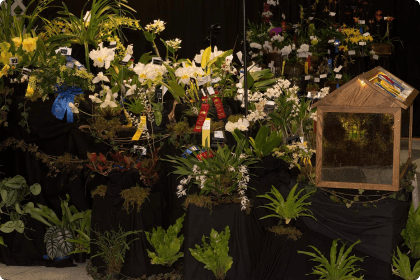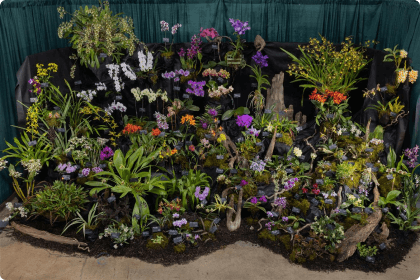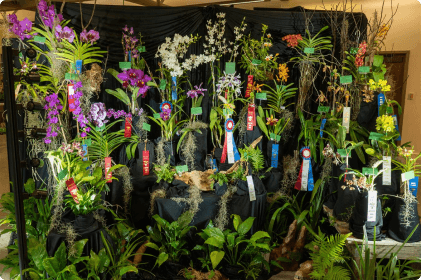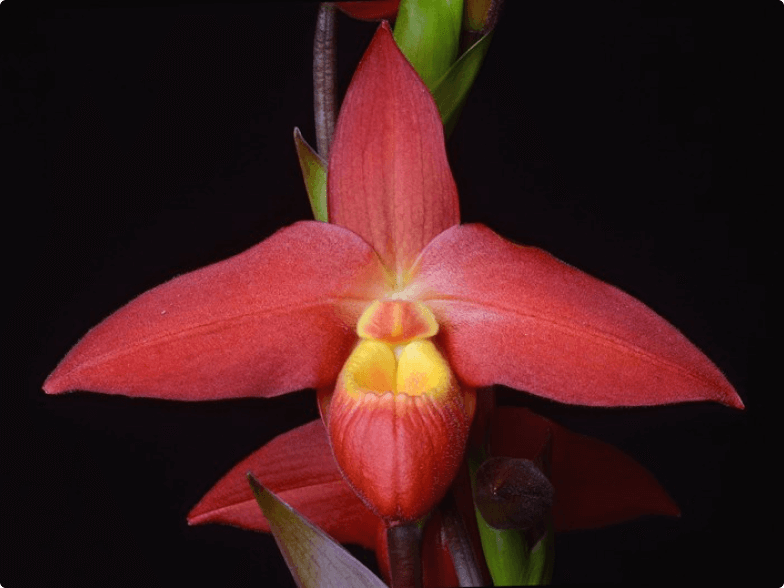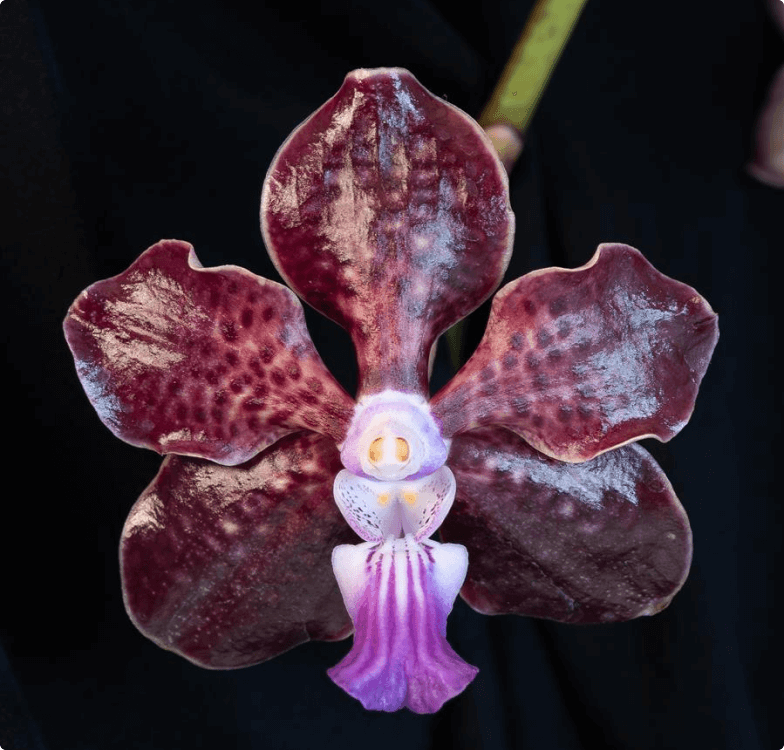Submitting digital photography of AOS Awards
Submitting digital photography of AOS Awards
Digital images should be taken with SLR or EVF cameras capable of at least 8 megapixel (appx. 2300 x 3400 pixels) resolution with 10 megapixel or greater resolution preferred. Shoot digital images as highest quality JPEG’s, TIFF or RAW. Do not send TIFF or RAW files to AOS!!! Image files should be submitted as highest quality (lowest compression), full resolution JPEG files only and delivered to the event or center chair of judging. Do not crop images. Cropped images may not be considered for publication.
Photographer should name files using only the pre-assigned award number supplied by judging center chair or secretary. For example: 20135021.jpg Multiple images may be taken for any award to better describe it; botanical awards submitted for species verification require multiple images that follow SITF requirements. If submitting more than one digital image file of an award, use a single letter suffix to identify the files: 20135021a.jpg, 20135021b.jpg, 20135021c.jpg Use a low ISO setting (100 or 200) to minimize digital noise.
If using a constant light source (as opposed to flash) be sure to set proper white balance by either using a camera preset, or a WB reading off of a white sheet of paper. If using flash, set correct shutter speed for flash sync.
It may be helpful, especially with light colored subjects, to shoot awards at –1 or –2 contrast to preserve highlight detail.
Set your camera LCD brightness to show a close likeness to the actual files as they appear on your computer. Always check LCD for proper exposure and correct framing of subject. Digital cameras provide us the opportunity to confirm a good photo instantly. Do not rely on post-processing to “make it right”.
Images are not to be digitally manipulated using computer software. The photograph should be a faithful record of the orchid as it was awarded. Do not “touch up” photos to remove stakes, botrytis spots, mechanical damage, etc. Do not enhance color in any way. Image processing should be limited to minor correction of color-contrast-exposure.Back up images before deleting them from media card!!!
